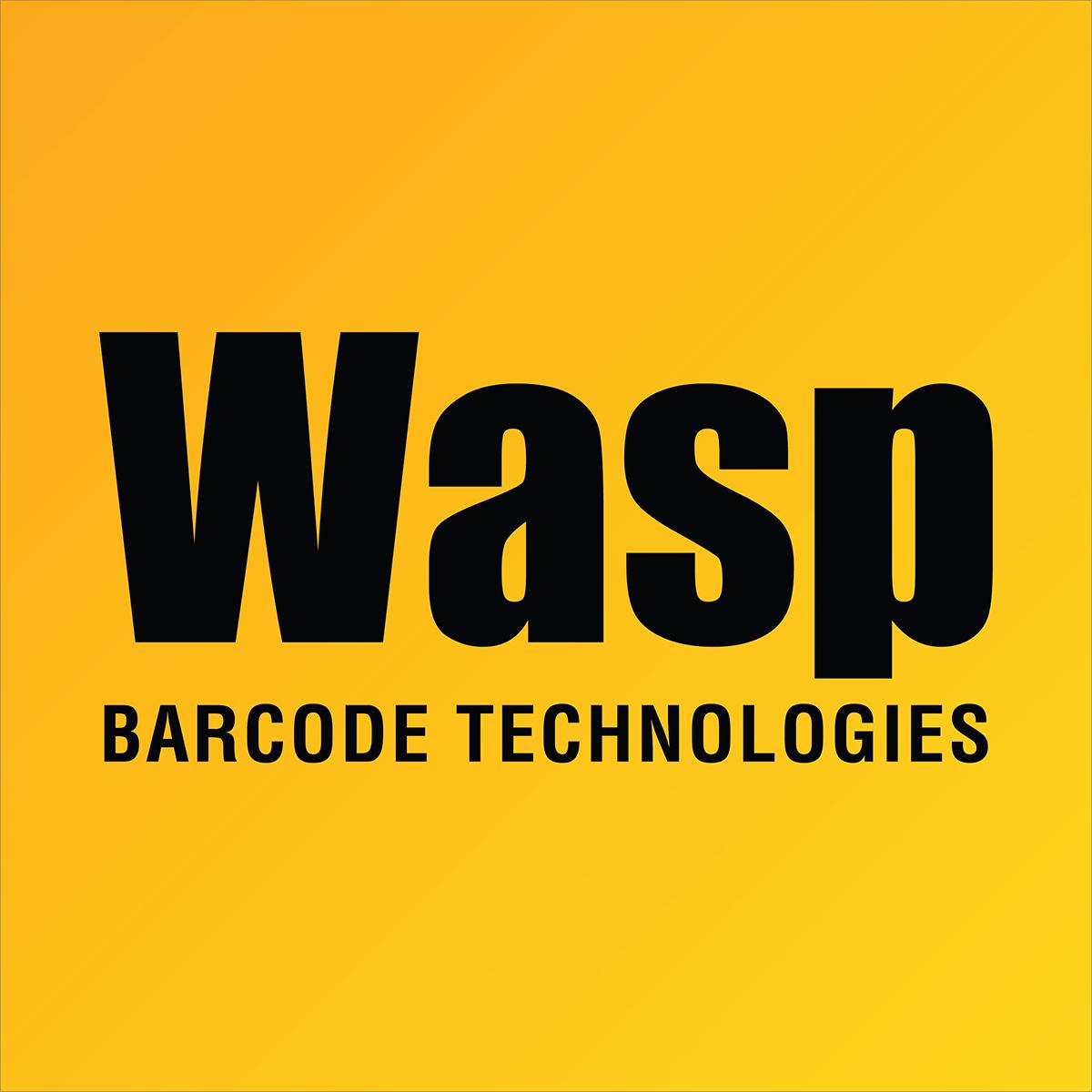Two dimensional (2D) barcode symbologies break from the traditional linear barcode symbologies such as Code39 and UPC where most applications only need to encode between ten and twenty characters of information. In contrast, 2D symbologies are able to encode up to several thousand characters of machine readable data. In effect, a portable database or portable data file can travel with the product and drive the decision making. 2D bar coding provides the freedom of movement for a database file allowing it to travel with a person or package, item, form, document, card or label. 2D bar coding provides a powerful communications capability without the need to access an external database. Furthermore, you can add 2D symbols to the documents and labels you are already printing.
By employing 2D symbols, more detailed information can be encoded and multiple linear barcode symbols can be reduced to a single symbol. When implemented properly, 2D symbologies can make industrial and commercial procedures faster, less costly, and more reliable by providing immediate access to the portable data file for that container. As an example, the manifest, bill of lading, and material safety data sheet could all be encoded into one 2D symbol. 2D symbols are much more resistant to damage than traditional linear symbols. By building error correction formulas into the 2D symbol, a significant portion of the surface area can be damaged and the information will still be intact. For example, some 2D symbols can lose up to a third of its surface and still be decoded.
The most common 2D symbols employed today are PDF417 and Data Matrix. The intellectual property rights (patents) for each of these codes are in the public domain eliminating the form of payment of royalties for use of this technology. 2D codes are currently represented in matrix symbologies or stacked-bar (multi-row).
Matrix Codes are 2D symbologies that are similar in appearance to checkerboards with each square representing a bit and must be read by a camera or CCD reader. Data Matrix and MaxiCode are examples of a Matrix code.
Data Matrix is a 2D, matrix symbology with a variable length and is capable of encoding all 128 ASCII characters and a number of different character sets. Each Data Matrix symbol consists of a perimeter quiet zone, border with two solid edges and two dashed edges and cells inside the border that are dark or light. The border's two solid lines with data cells are used for symbol identification, orientation and cell location. Data Matrix can accommodate up to 500 MB per square inch with a data capacity of 1 to 2335 characters. Data Matrix has a high degree of redundancy and resists printing defects.
MaxiCode is a fixed-size 2D matrix symbology having 866 hexagonal elements arranged in 33 rows around a central finder pattern.- Predominately used by United Parcel Service to sort mail at high speed, MaxiCode is well suited to being read quickly and often in any direction. The size of a MaxiCode symbol is 1.1 inch by 1.05 inch. A single MaxiCode symbol can encode up to 93 characters of data and uses five different code sets to encode all 256 ASCII characters. MaxiCode uses three unique properties when encoding the data: Class of Service, Country Code and Mode.
Stacked-barcodes are a 2D symbology and look like a set of linear barcodes stacked on top of each other. PDF417 is the best example of a stacked-bar symbol and is the most common of all 2D symbols today. Stacked-bar symbologies can be read by laser scanners, cameras, or CCDs.
PDF417 is a 2D stacked-bar symbol that can encode full ASCII, numeric or binary data and uses sophisticated error correction algorithms to keep intact the Portable Data File (PDF). PDF417 is variable length and consists of 4 bars and 4 spaces in a 17 module structure. Each PDF417 symbol consists of 3 to 90 stacked rows surrounded by a quiet zone on all four sides. Each row consists of a leading quiet zone, start pattern, left row indicator character, one to thirty data characters, right row indicator character, stop pattern, and trailing quiet zone. PDF417 can accommodate up to 340 characters per square inch with a maximum data capacity of 1850 text characters.
What is a 2-Dimensional Bar Code?
Overview: 2D Barcode Symbology



